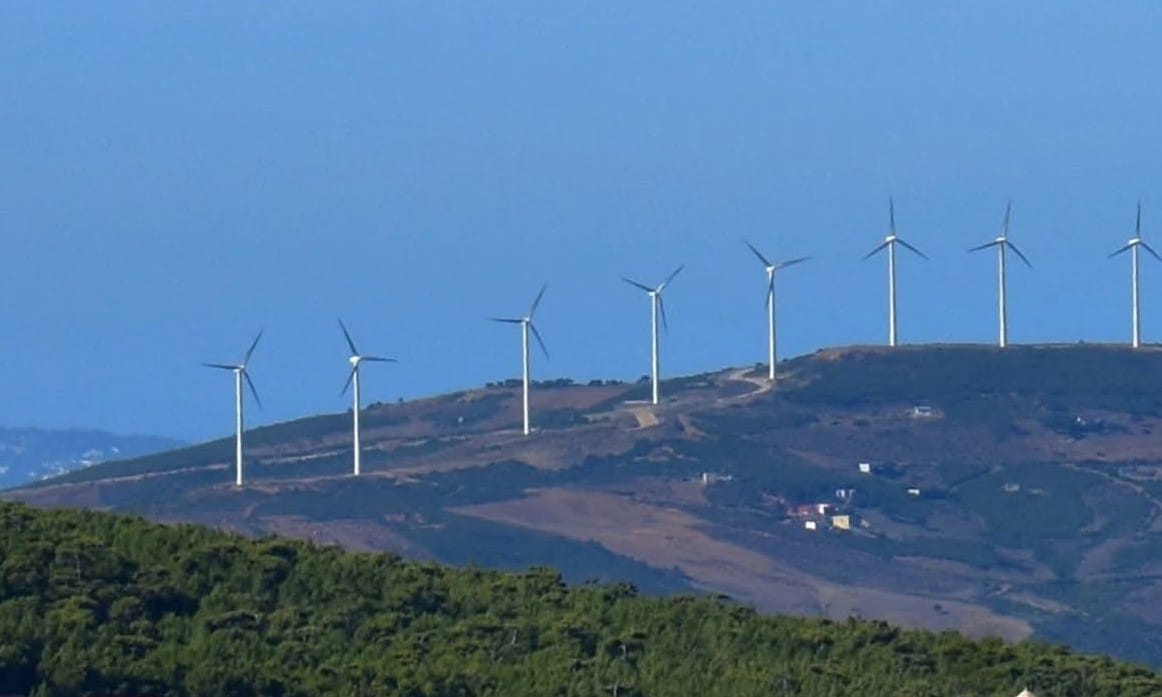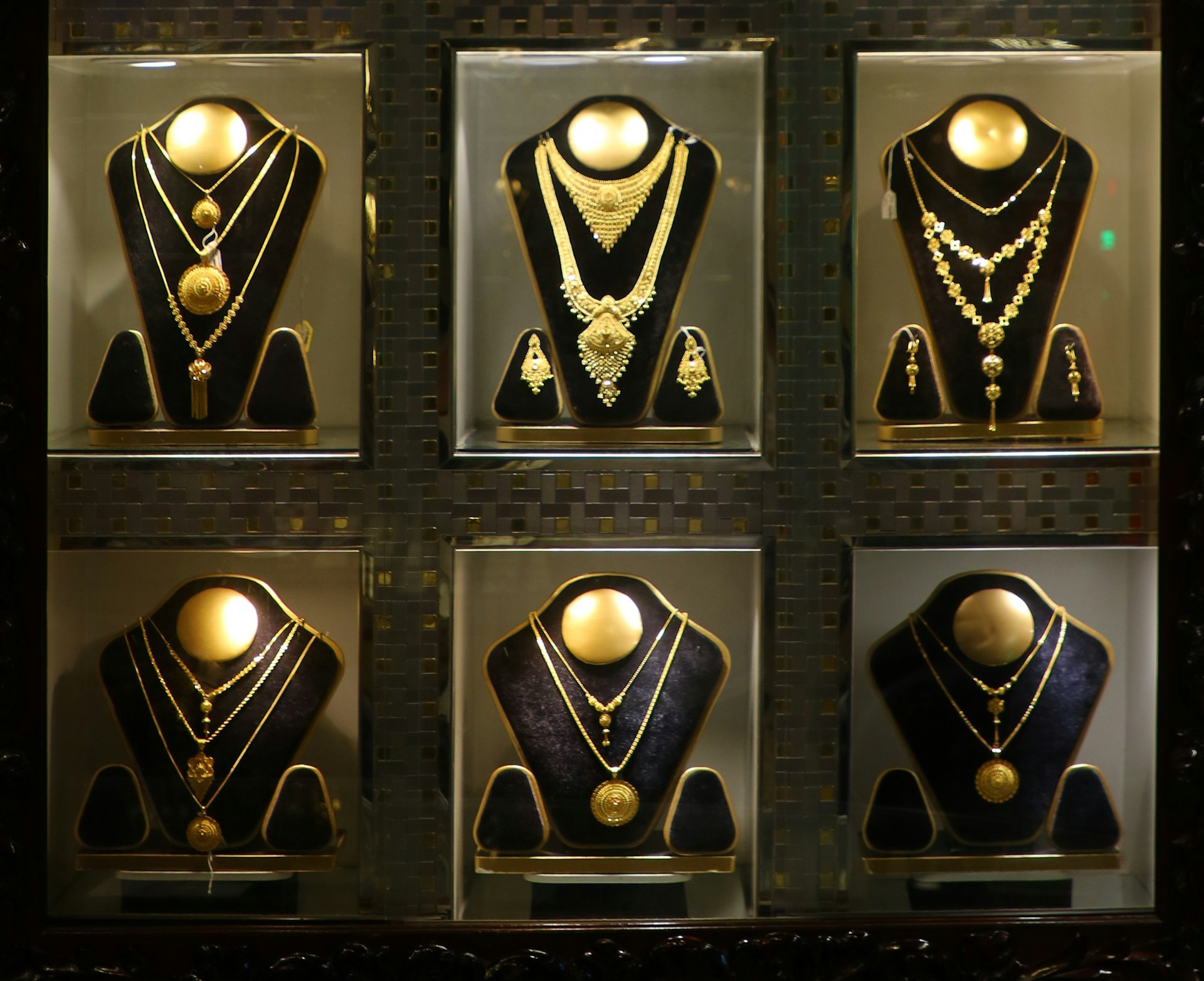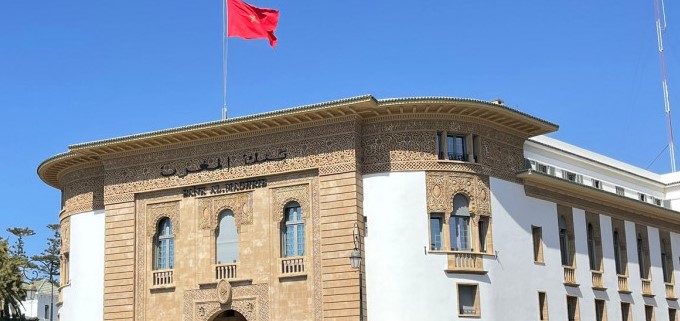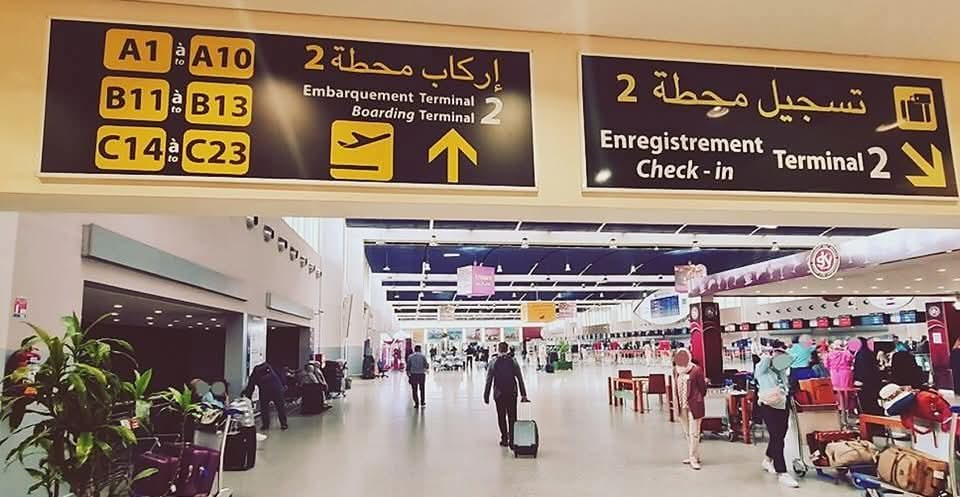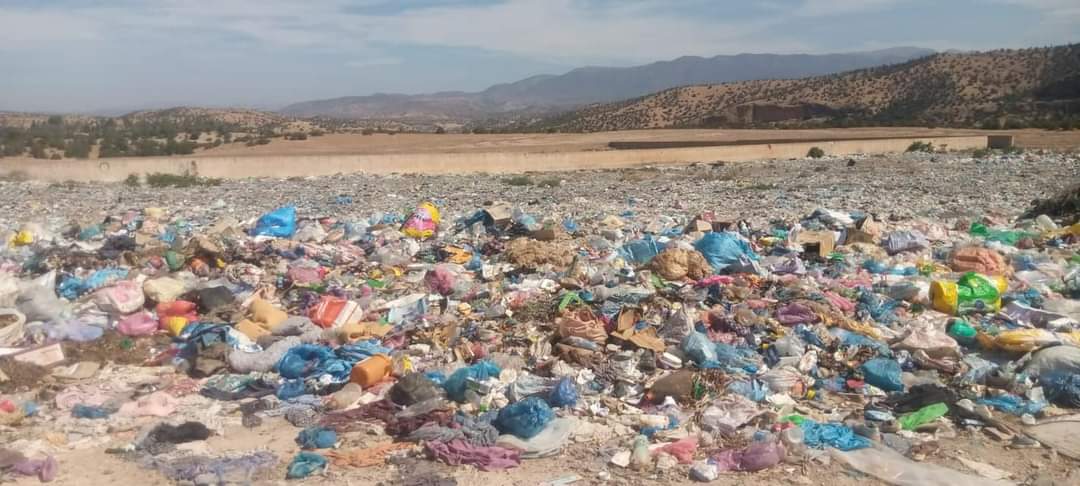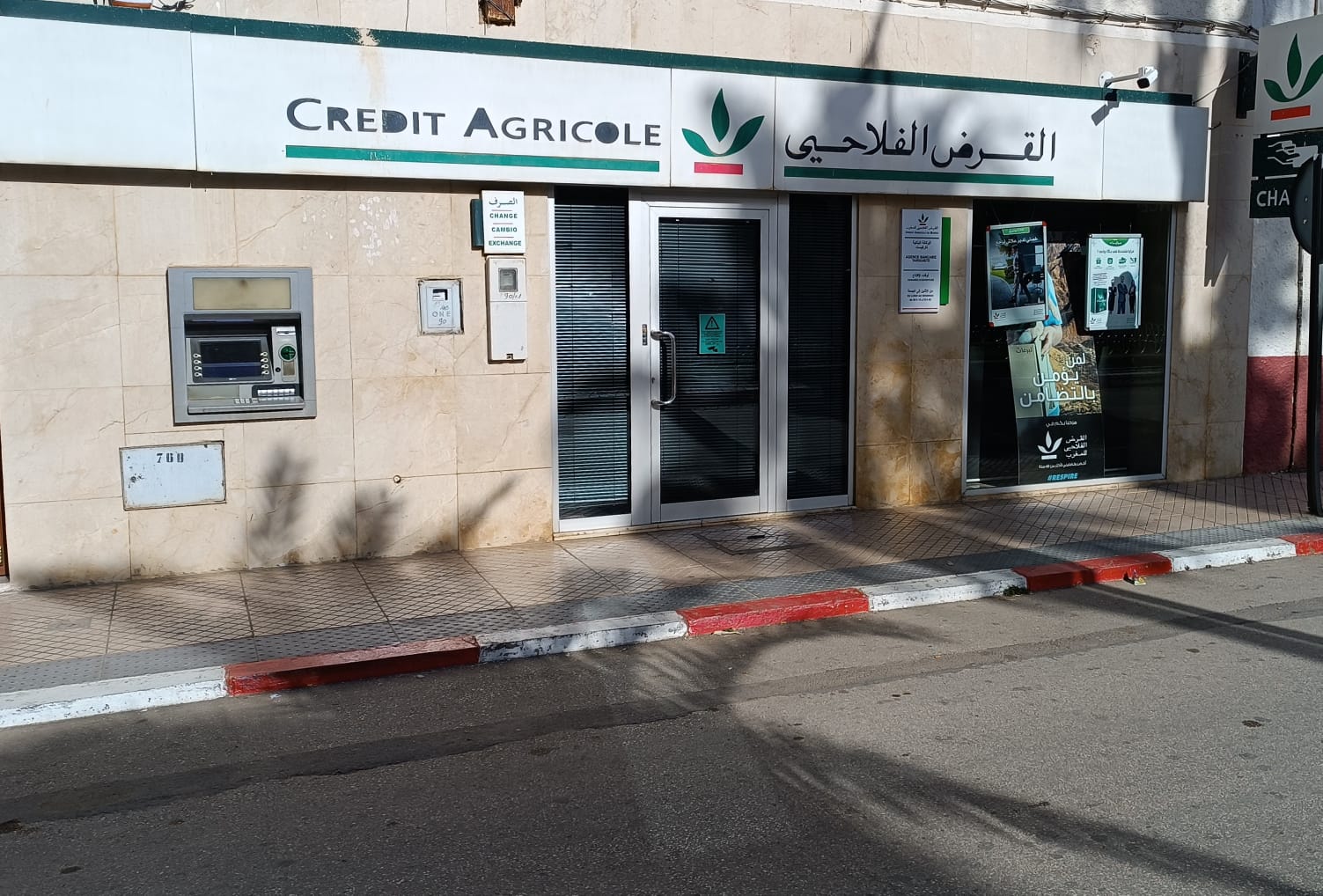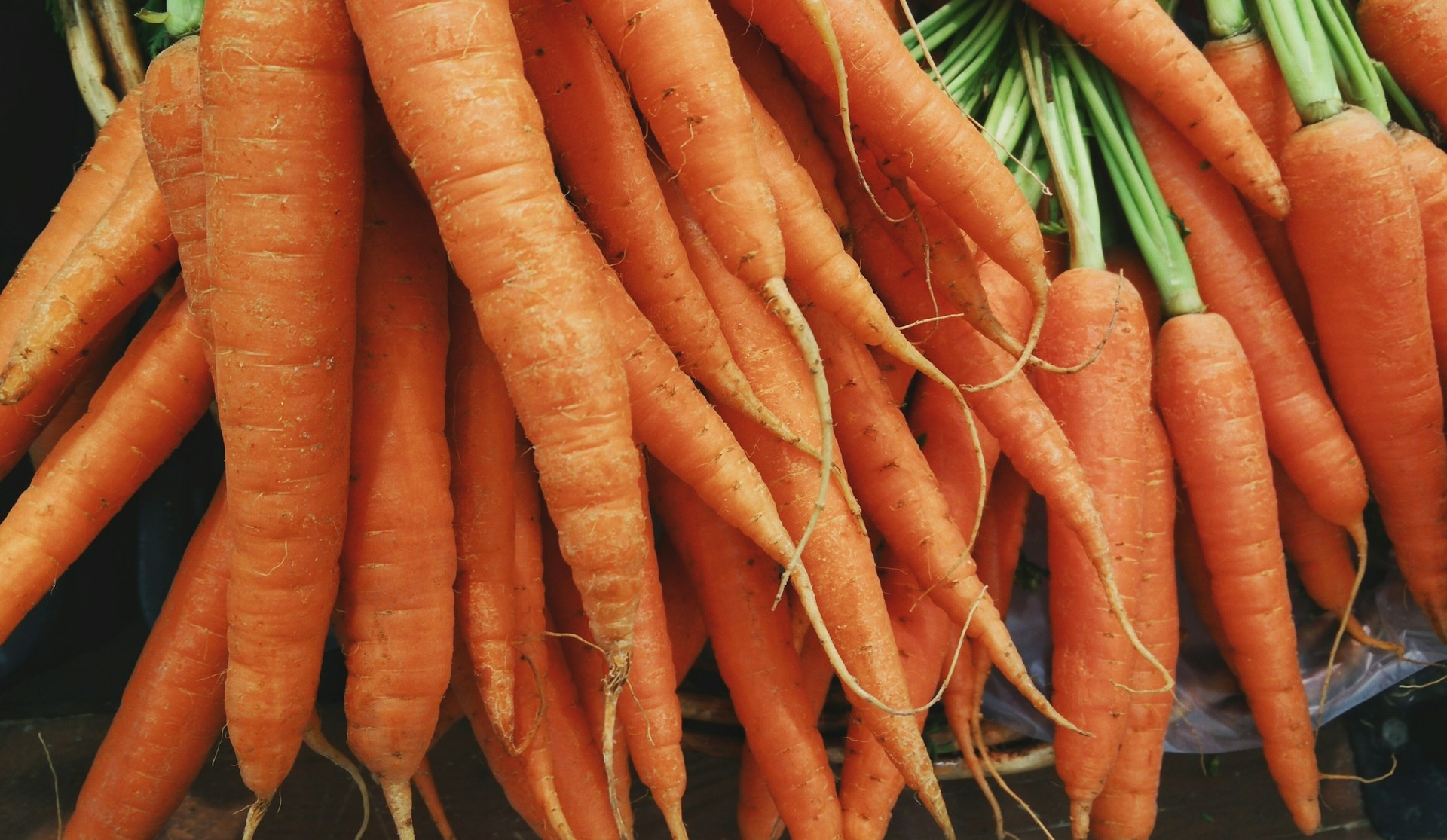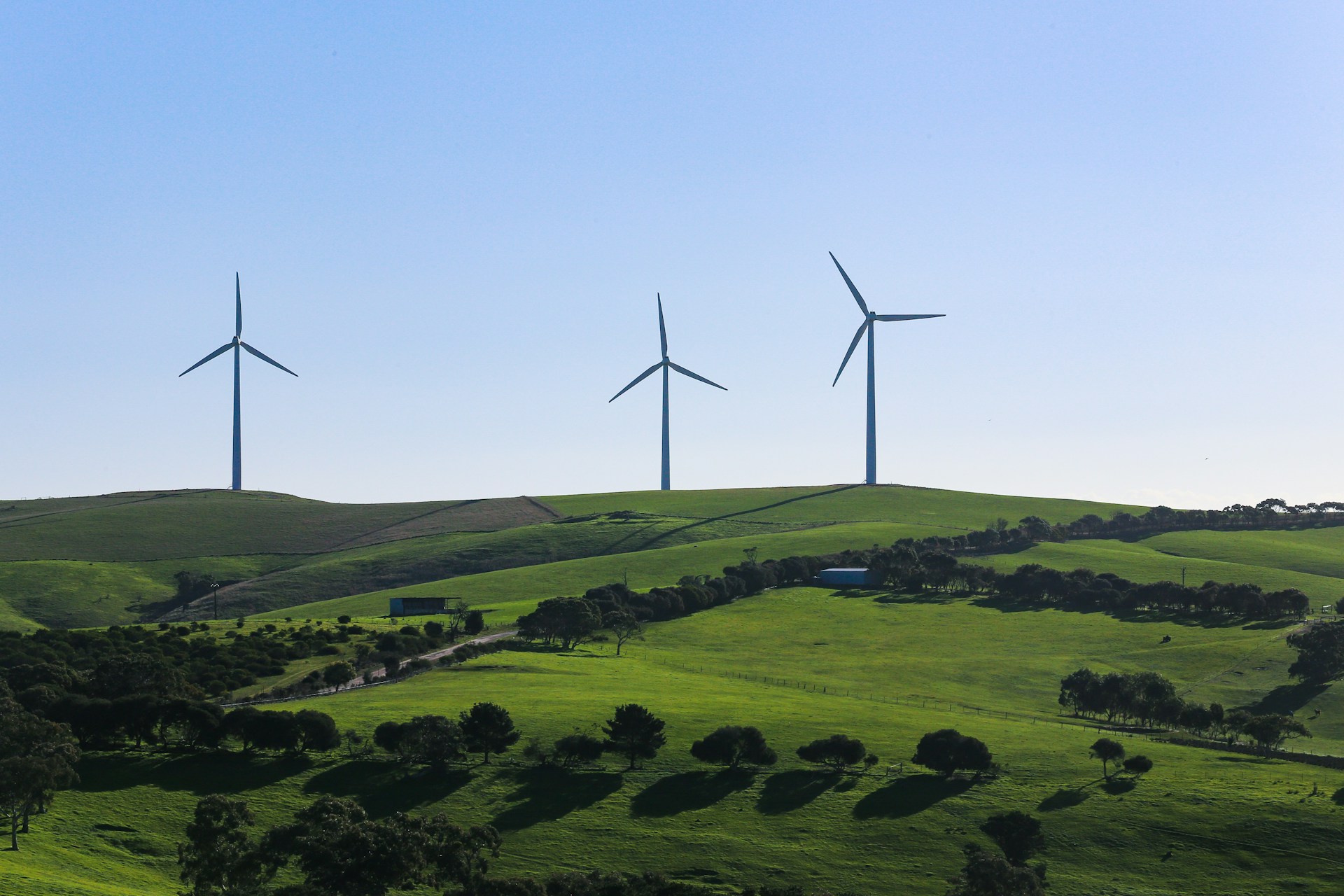Casablanca – Gold has entered uncharted territory in global markets, surpassing $4,000 per ounce for the first time in early October 2025. The surge — the sharpest in more than four decades — has sent ripples across economies worldwide, including Morocco, where the jewelry and investment gold sectors are grappling with the consequences of the metal’s unprecedented rally.
While the global gold boom has sparked renewed enthusiasm among investors, Moroccan traders report a marked slowdown in domestic demand as consumers struggle to adapt to rapidly changing prices. The local market, they say, is now divided between cautious buyers and opportunistic investors seeking refuge from inflation and financial instability.
A historic global rally
Gold’s remarkable rise has been driven by a combination of macroeconomic pressures. The U.S. Federal Reserve’s recent interest rate cuts, the prolonged U.S. government shutdown, and mounting global debt have all contributed to uncertainty in financial markets, pushing investors toward safe-haven assets such as gold.
Today, the precious metal hit $4,001.11 per ounce on the spot market — a record high — after already crossing the same threshold in December futures trading on the New York Commodities Exchange (Comex). Analysts describe the surge as the strongest annual performance for gold since 1979, underscoring the scale of current financial tensions.
Major financial institutions, including HSBC, have forecast that prices could climb even higher in the coming months, possibly exceeding $4,100 per ounce by early 2026, as geopolitical and monetary risks persist. According to Reuters, the rally may continue into next year, sustained by “official sector purchases and strong institutional demand for diversification.”
Local market slowdown in Morocco
In Morocco, the situation presents a more nuanced picture. The sharp rise in global gold prices has generated mixed reactions among traders and consumers. While many investors see the surge as a profitable opportunity, jewelers and artisans warn that the domestic market is weakening, with sales estimated to have fallen by nearly 50% compared to last year.
Several professionals in the sector note that activity has slowed significantly since the summer, as consumers increasingly prefer to delay purchases until prices stabilize.
According to market observers, the continued upward trend could push gold prices close to $5,000 per ounce by the end of 2025 if global conditions remain unchanged. Those who began investing when prices ranged between $40–$70 per gram have seen considerable gains, but for most consumers, the surge has made gold products less accessible and significantly more expensive.
Challenges facing Moroccan jewelers
Professionals in the sector emphasize that the surge in global prices has exposed structural weaknesses in Morocco’s gold trade. The absence of a national platform for trading and pricing precious metals has left many jewelers vulnerable to discrepancies between international market rates and import costs.
“The differences between global and local prices are growing,” explained a representative from the Moroccan Federation of Jewelers. “Without a dedicated trading mechanism, we have little control over pricing, and our margins are shrinking.”
The federation also raised concerns about illegal supply channels and smuggling, which continue to undermine fair competition. These practices, coupled with limited dialogue between sector representatives and public authorities, have hampered efforts to modernize and regulate the gold industry.
Investment appeal versus consumer pressure
Despite these challenges, financial experts emphasize that gold’s surge underlines its status as a safe-haven asset during periods of uncertainty. Analysts note that the current rally reflects structural shifts in global monetary balances rather than typical supply-and-demand dynamics. The weakening of the U.S. dollar and low bond yields have reinforced gold’s appeal as a primary investment for security.
This perspective is widely shared among Morocco’s investment community. Many small investors are turning to gold as an alternative to real estate or equities, seeing it as a hedge against inflation and currency volatility.
However, the outlook for Morocco’s jewelry sector — traditionally driven by cultural demand for ornaments, weddings, and savings — is less encouraging. Traders report that commercial activity relies on price stability, and when gold prices rise rapidly, customers tend to pause their purchases, resulting in significantly reduced market activity, estimated at around 50% below normal levels.
Calls for structural reform
As gold continues to achieve record highs, Moroccan industry representatives are calling for a restructuring of the domestic gold market. They argue that a regulated national exchange platform could bring transparency to pricing, stabilize imports, and limit the influence of parallel and illegal trade networks.
Experts also stress the need for better coordination between the jewelry sector and financial authorities, enabling clearer taxation, monitoring, and consumer protection mechanisms.
For now, the Moroccan gold market remains caught between global euphoria and local stagnation. While investors celebrate record profits, everyday buyers and artisans face shrinking demand and uncertainty about what lies ahead.
If current trends persist, Morocco’s gold sector may need to adapt swiftly — shifting from a traditional retail-driven model to a more investment-oriented framework — to weather what is shaping up to be the most dramatic gold cycle in modern history.





